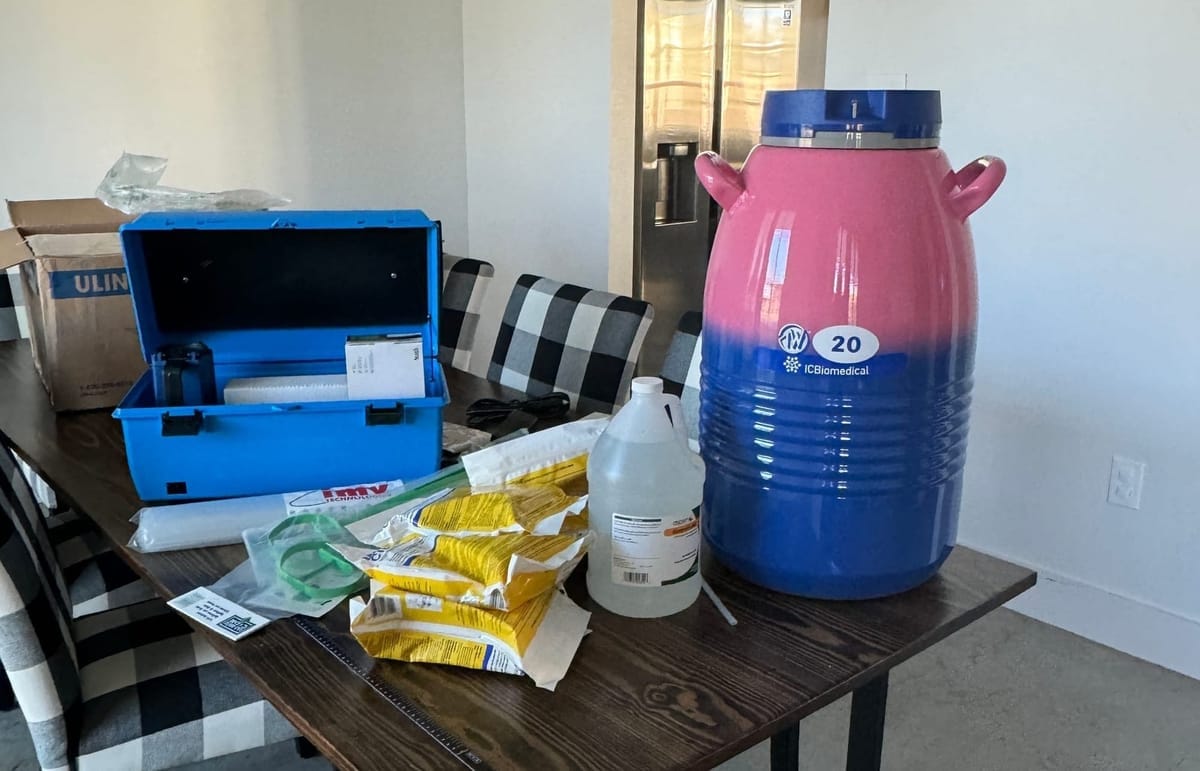As a small-scale cattle owner, knowing when your cow is in heat (or estrus) is crucial for successful breeding. Whether leveraging artificial insemination or natural breeding, recognizing the signs of heat can help you time your breeding efforts for the best results. Here are some key indicators to watch for.
Increased Activity and Restlessness
A noticeable increase in activity is one of the first signs that a cow is coming into heat. She may seem more restless than usual, pacing the fence line or moving around more than her herdmates.
Mounting Behavior
A cow in heat will often try to mount other cows. Even more telling is if she stands still while being mounted by other cows. This "standing heat" is the most reliable sign that a cow is ready to breed.
Swollen and Red Vulva
The cow's vulva may appear slightly swollen and redder than usual. This change can be subtle, so being familiar with your cow's normal appearance is important.
Clear Mucus Discharge
As the cow nears ovulation, you may notice a clear, stringy mucus discharge from her vulva. This discharge may hang from her vulva or be found on her tail or rear legs.
Bellowing and Increased Vocalization
Some cows become more vocal in heat, bellowing more frequently than usual.
Decreased Appetite
A cow in heat may show less interest in food, temporarily eating less than normal.
Raised Tail
The cow may hold her tail slightly raised or to the side, especially when approached by other cattle.
Frequent Urination
You might notice the cow urinating more frequently than usual.
Chin Resting and Nudging
Cows in heat often rest their chin on the back of other cows or nudge their sides.
Changes in Milk Production
For dairy cows, there might be a slight decrease in milk production during heat.
Tips for Heat Detection:
- Observe your cows at least twice daily, ideally early morning and late evening, for about 20 minutes each time.
- Keep good records of each cow's cycle. Most cows have a 21-day cycle, so you can anticipate when they might come into heat again.
- Consider using heat detection aids like tail paint or heat detection patches for additional confirmation.
- Remember that heat usually lasts 12-18 hours, so timing is crucial for successful artificial insemination breeding.
By familiarizing yourself with these signs and observing your cows regularly, you'll be better equipped to recognize when they're in heat. This knowledge is invaluable for managing your herd's reproductive health and maintaining a successful breeding program.
Remember, if you're unsure or have concerns about your cow's reproductive health, don't hesitate to consult with a veterinarian or our experienced cattle AI technician for advice.

Cattle AI Services in Waco, TX
Homestead Herds offers artificial insemination services to small cattle operations & family homesteads within 60 miles of Waco, TX.




